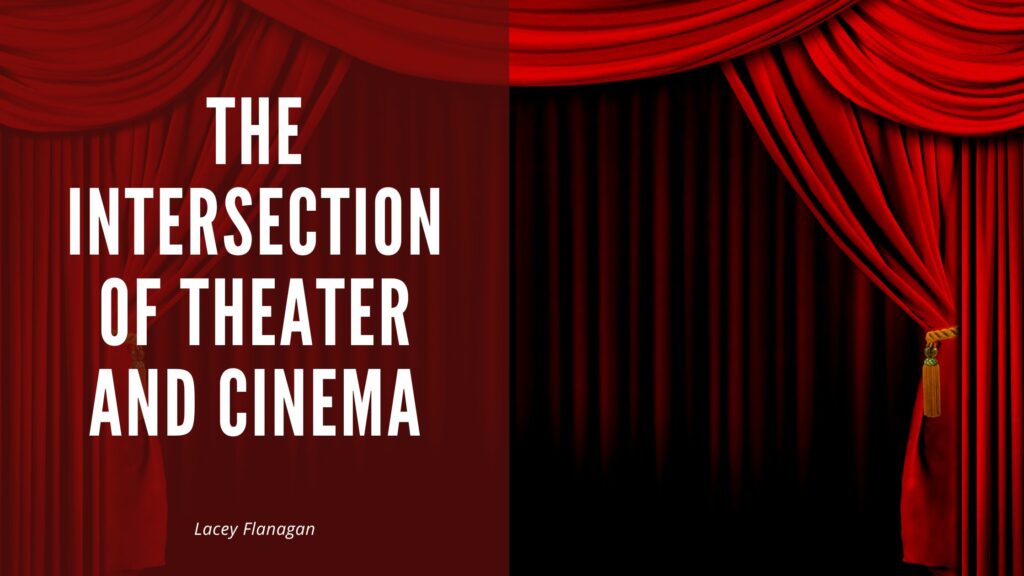
The realms of theater and cinema, two distinct yet closely related forms of storytelling, converge at a fascinating intersection where the boundaries between live performance and recorded imagery blur. This intersection is a dynamic space where the unique qualities of each medium enhance and influence the other, creating a tapestry of artistic expression that captivates audiences in profound ways.
Live Performance and Immediate Connection:
With its roots stretching back to ancient civilizations, theater thrives on the immediacy of live performance. The actors and audience share a singular physical space, creating an intimate and immediate connection.
Cinematic Storytelling and Visual Language:
On the other hand, cinema harnesses the power of recorded imagery to tell stories through a visual language. Filmmaking allows for intricate storytelling techniques, such as editing, cinematography, and visual effects, which can transport audiences to different times, places, and fantastical realms.
The Influence of Theater on Cinema:
The intersection of theater and cinema is marked by a reciprocal influence, with the traditions of the stage influencing the aesthetics and narrative approaches of filmmaking. Many acclaimed directors, including Ingmar Bergman and Akira Kurosawa, drew inspiration from theatrical techniques, such as long takes and emphasis on dialogue, to create cinematic masterpieces.
The Influence of Cinema on Theater:
Conversely, cinema has left an indelible mark on contemporary theater. Innovations in lighting, set design, and multimedia integration have allowed theatrical productions to embrace cinematic elements. Projection technology, for example, can transport audiences to different locations or provide dynamic backdrops, enhancing the visual spectacle of a stage production.
Adaptations and Transmedia Narratives:
The intersection of theater and cinema often manifests in adaptations and transmedia storytelling. Successful plays may be adapted into films and vice versa, allowing stories to reach diverse audiences through different mediums. This interplay creates a dynamic exchange where the narrative is explored in various forms, each medium bringing unique strengths to the storytelling process.
Live Broadcasts and Digital Platforms:
Advancements in technology have further blurred the lines between theater and cinema. Live broadcasts of theater productions in cinemas or on digital platforms bring the immediacy of live performances to a global audience.
Immersive Experiences:
The intersection of theater and cinema is also evident in the rise of immersive experiences that combine live performance with cinematic elements. These productions leverage the strengths of both mediums to provide a multisensory and participatory narrative.
Challenges and Opportunities:
While the intersection of theater and cinema presents exciting possibilities, it also poses challenges. Balancing the immediacy of live performance with the polished visuals of cinema requires a delicate equilibrium. Directors and creators navigating this intersection must consider preserving each medium’s essence while harnessing their combined potential.
The intersection of theater and cinema is a vibrant and evolving space where the boundaries between these two forms of storytelling are porous. It is a realm where the immediacy of live performance meets the visual storytelling prowess of cinema, creating a dynamic synergy that enhances the narrative landscape.
